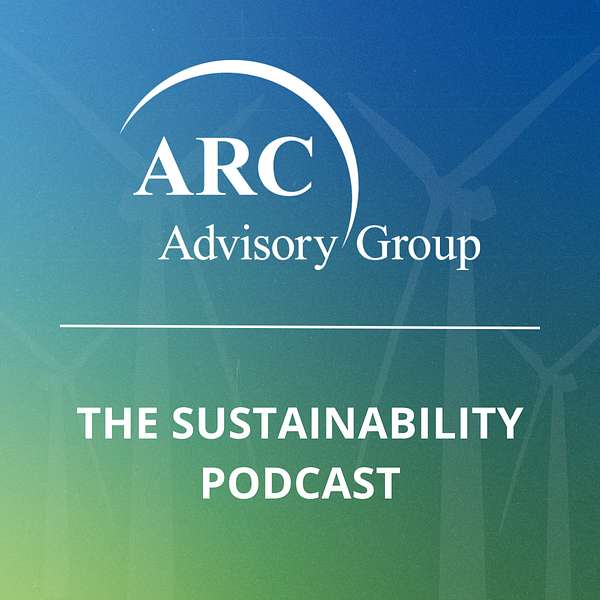
The Sustainability Podcast
The ARC Sustainability Podcast is an interview-based format where science, technology, and sustainability come together. Our conversations involve many sectors of sustainability such as supply chain management, ESG, the energy transition, industry infrastructure, and manufacturing. Through each discussion we reveal strategies, tools, and processes that leaders and companies are taking to achieving sustainability.
For More Information Visit us at: https://www.arcweb.com
The Sustainability Podcast
12 Reasons to Use Systems Engineering for Your Smart City Project With Jim Frazer
This podcast communicates and demystifies the Top 12 Reasons to use the Systems Engineering Process for Your Smart City Project.
In order to accomplish the goal listed above, we’ll examine the systems engineering process, including:
- Discussing the value of technical standards to the process
- Describing challenges to the process and how to overcome them
- Reviewing the top 12 dramatic benefits realized through use of SEP for Your Smart City Project.
What is the Systems Engineering Process?
The Systems Engineering Process (SEP) is an interdisciplinary approach and means to enable the realization of successful systems. It focuses on first defining customer user needs and subsequently the required functionality early in the development cycle, documenting requirements, and then proceeding with design synthesis and system validation.

There are multiple ways to represent the systems engineering process. One way, the Systems Engineering "V" Diagram (seen above), represents the typical life cycle of any system or project. Whether the system being deployed consists of a basic computer-aided dispatch (CAD) system for a transit agency, or a more complex interface between a traffic management center and a public safety agency, all systems will follow some variation of this life cycle.
User Needs are generated through a robust examination of needs from all stakeholder communities that have an interest in the envisioned project. In the next step, each of these needs are used as a foundation in order to develop measurable unambiguous Functional Requirements. Each need must have a functional requirement and each requirement must have an underlying foundational user need. The last step in this process is to create a test plan that confirms the traceability of needs to and from their dependent requirements.

--------------------------------------------------------------------------
Would you like to be a guest on our growing podcast?
If you have an intriguing, thought provoking topic you'd like to discuss on our podcast, please contact our host Jim Frazer or Our Producer Tom Cabot
View all the episodes here: https://thesustainabilitypodcast.buzzsprout.com